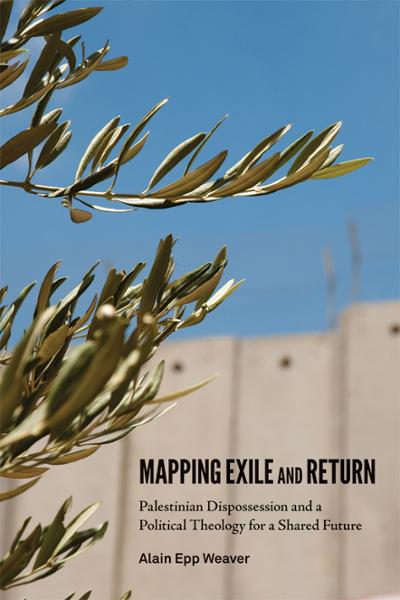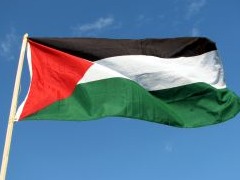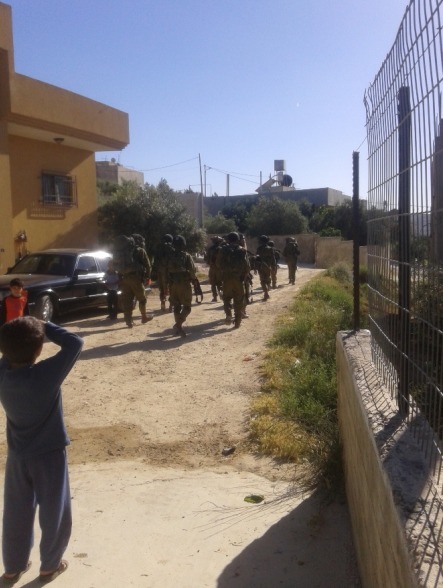-
Palestinian Christian struggle mapped in new book
5th May 2014 | The Electronic Intifada, Joe Catron | Gaza City, Occupied Palestine In Mapping Exile and Return: Palestinian Dispossession and a Political Theology for a Shared Future, American Mennonite theologian and aid worker Alain Epp Weaver explores a legacy of Palestinian Christian exile, and struggle for return. The book’s terrain ranges from the ethnically-cleansed villages of the Galilee to the Upper […]
-
Video: Protest on World Press Freedom Day: “They don’t consider Palestinian journalists to be journalists.”
3rd May 2014 | International Solidarity Movement, Ramallah Team| Occupied Palestine Yesterday, Saturday 3rd of May was the United Nations World Press Freedom Day. Yesterday, journalists celebrated, remembered, and protested, on a date commemorated worldwide since 1992. In Palestine, the 3rd of May calls for a protest by members of the Palestinian Journalists Syndicate (PJS), and yesterday this […]
-
Harassment in Awarta
2nd May 2014 | International Solidarity Movement, Nablus Team| Awarta, Occupied Palestine At 4.30 am on Wednesday the 30th of April; a group of Israeli soldiers broke into a family home in the village of Awarta, near the illegal settlement of Itamar. 11 soldiers woke up the family, claiming that it was “security search”. A member of the family […]
Action Alert An Nabi Saleh Apartheid Wall Arrests BDS Bethlehem Bil'in Cast Lead Demonstration Denial of Entry Ethnic Cleansing Farmers Gaza Global Actions Hebron House Demolition International law Israeli Army Jerusalem Live Ammunition Nablus Ni'lin Prisoner Ramallah Rubber-coated steel bullets Settlement Settlers Settler violence Tear-Gas Canister Video



